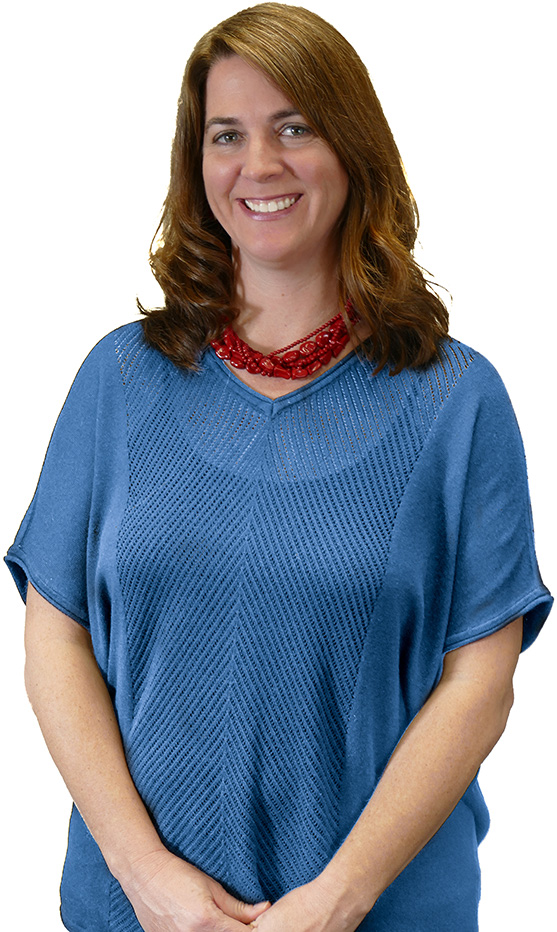Easy & Economical DIY Personal Cloud Storage and How Do I Set It Up?

It has never been easier to set up your own, home-based cloud storage system. Exploring options such as Dropbox or one of the numerous Dropbox alternatives makes sense. However, once you familiarize yourself with the process and benefits of a DIY system, you may discover an alternative method for storing data storage that both speeds up file access and ensures better privacy. Building your own personal cloud system has many advantages similar to Dropbox such as synchronization capabilities and remote data access from your browser or mobile app.
A personal cloud consists of a private external hard drive used for storing your data. It allows remote access to all your videos, photos, and data from all your devices including your laptop computer, tablets, smartphones, etc.
Setting up your personal cloud system involves:
- Choosing the hard drive
- Setting up connectivity
- Securing and managing the data
Depending on your needs, you may want to set up your personal cloud drive in a remote location, distancing it from your home or office. Today, choosing an extremely large 1 terabyte (1TB) hard drive isn't so big that there isn't room for it in your home.
DIY Cloud Made Easy
Cloud storage means storing files in a location besides your hard drive. Modern tech provides an easier route to your goal that won't require your living room to be transformed into a server farm.
Many companies now offer specific devices adapted for personal cloud storage such as network-attached storage (NAS) devices. They allow for remote data access. These particular devices are perfected for music and video streaming, making them suitable additions to any media setup you have in your home.
10TB is usually enough storage space for most home-based systems, however, there are devices that allow up to 40TB of storage or more making it cost-effective in the long run.
The Economical DIY Cloud
For those seeking to avoid costly hardware, you can always choose to rent server space from an outside source, but that isn't the "private" option.
According to Amazon.com, for under $450.00, consider the WD 4TB My Cloud Personal Network Attached Storage as a data storage solution. You can set it up in your home and be operational in just a few minutes. Product features include:
- 4TB of storage and backs up files from all your devices
- Gigabit Ethernet and USB 3.0, allows speedier file transfers
- Package includes: Personal cloud storage, Ethernet cable, AC adapter, and Quick Install Guide, DLNA 1.5 and UPnP Certified
- Auto network discovery
- Windows and Mac compatible
- Streams to your DLNA/UPnP-certified connected TVs, media players, and gaming consoles
For under $100.00 there's the Zyxel Personal Cloud Storage [2-Bay DiskLess] for Home with Remote Access and Media Streaming [NAS326]. Product features include:
- Zero-configuration design for remote access from ZyXEL Drive
- Easy to use mobile group sharing from your own personal cloud
- User portal as device status dashboard
- Easy to set up, maintain and organize
- RAID 1 read/write performance at 105/105.8 MB/s
Selling for under $300.00 investigate the TerraMaster F2-221 NAS 2-Bay Cloud Storage Intel Dual Core 2.0GHz Plex Media Server Network Storage (DiskLess). Product features include:
- POWERFUL HARDWARE: Intel Apollo J3355 2.0GHz dual-core CPU, and 2GB of RAM (expandable up to 4GB). Blazingly fast speed of 200 MB/s reading and 190 MB/s writing.
- AES hardware encryption engine encrypts shared folders and network data transmission to keep data from unauthorized access.
- Advanced Btrfs file system offering 71,680 system-wide snapshots and 1,024 snapshots per shared folder.
- Real-time hardware transcoding of up to two concurrent H.265/H.264 4K video streaming
- Features an aluminum-alloy shell and intelligent temperature control ultra-quiet fan, good in heat dissipation. Support Seagate IHM. Seagate IronWolf NAS HDD's are recommended.
DIY cloud storage is mainly client-server software which can be open source or paid including:
Best zero-knowledge cloud storage services
Also available; pre-configured hardware, such as:
All Things Considered
Building your personal cloud also means your data could be at risk in the event something destroys the drive or software you've implemented in setting up and managing your system. You must be prepared and responsible for necessary repairs. If you don't use a RAID storage system, which will store your data on numerous drives, you'll have only one backup of your files. If that drive is damaged, you may lose everything stored on that drive. You must also implement your own security software to protect pictures and videos. When choosing which data storage method works best for you, it comes down to control, cost, privacy, and security. Do your research and read the reviews for all components before deciding.
